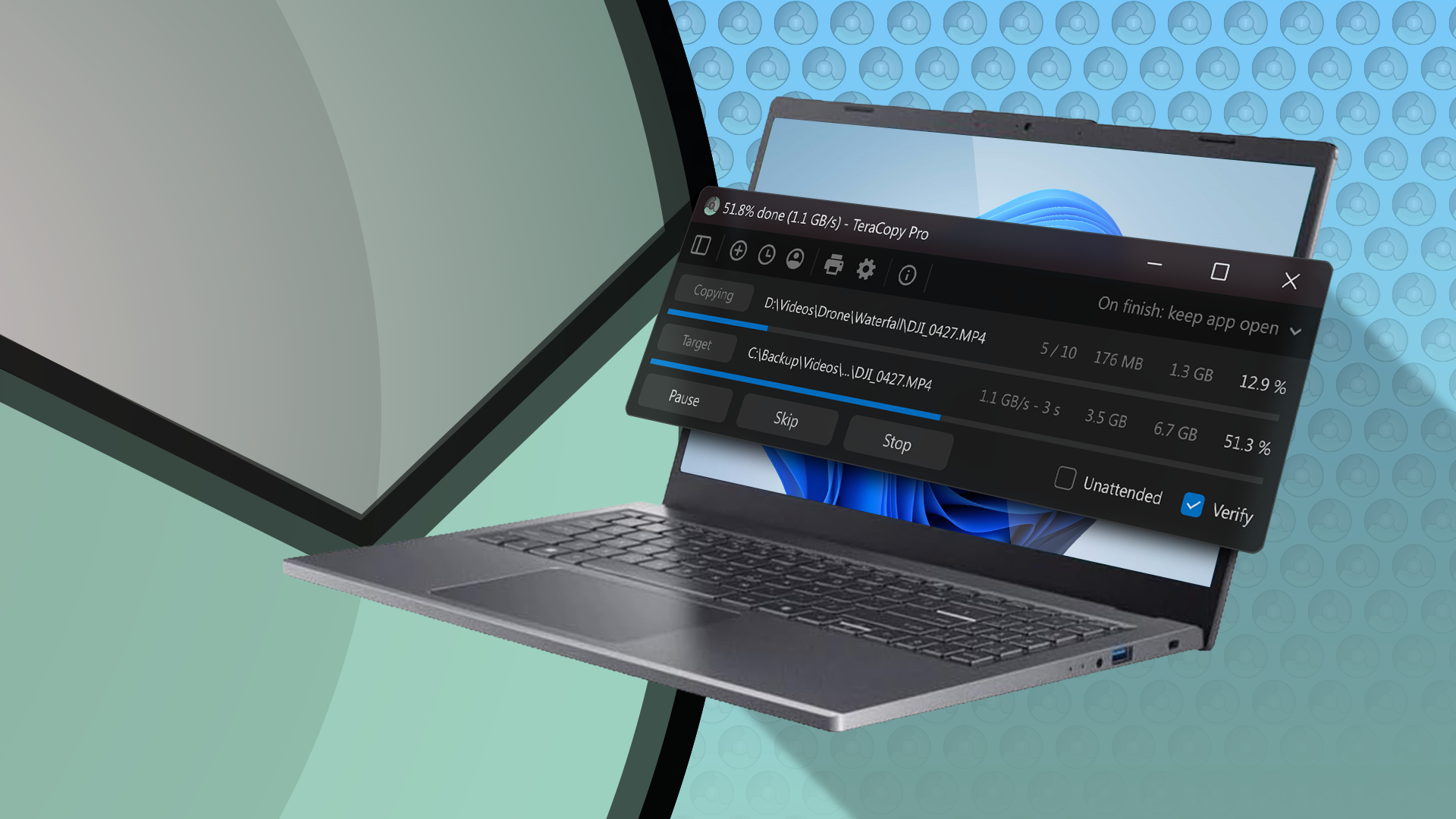Glitch to end app hosting and user profiles on July 8

Glitch has announced that it is ending app hosting and user profiles on July 8, in response to changing market dynamics and extensive abuse problems that have increased operational costs.
The news comes directly from the platform’s CEO, Anil Dash, who acknowledged the platform’s role in the developer ecosystem.
“So with so many good options for easily making and running apps, Glitch’s legacy architecture hasn’t been providing something uniquely valuable to the developer ecosystem at this point,” reads the announcement from Dash.
The CEO notes that the focus will be “on serving our developer community where we can be most valuable.”
Project hosting and user profiles will be shut down on July 8 but users will have access to the dashboard until the end of the year, allowing them to download the code for projects.
Dash says that a new feature will allow setting up redirects for a project’s subdomains so the URLs will still work.
These redirects are guaranteed to remain functional until at least the end of 2026, giving users plenty of time to adjust to the changes and set up new workflows.
Also, all all paid subscriptions (e.g. Glitch Pro) will be honored until July 8 and those who have paid time left will receive a refund. New Glitch Pro subscriptions are no longer accepted.
Launched in 2017, Glitch.com has been a significant platform in the web development community, allowing users to create, remix, and share web applications directly from their browsers.
By 2019, Glitch hosted over 2.5 million apps, its popularity being explained by the user-friendly interface and real-time collaboration features that made it ideal for use in prototyping and educational settings.
The main reason Glitch decided to shut down app hosting now is the rising cost of hosting millions of apps, and dealing with increasing cases of misuse from bad actors.
The platform also acknowledges that the developer landscape has evolved, with modern services like Fly.io, Deno, Netlify, and GitHub Pages offering more advanced and scalable solutions, making Glitch’s architecture increasingly outdated by comparison.
Rather than trying to compete with these newer platforms, Glitch opts to explore new ways to serve its community, like highlighting externally hosted projects.
For now, the platform’s focus remains to help users deal with the change and perform smooth transitions elsewhere. For this purpose, Glitch is working on preparing a detailed guide, but until that is available, users are recommended to visit the community forum for advice.
Source link












